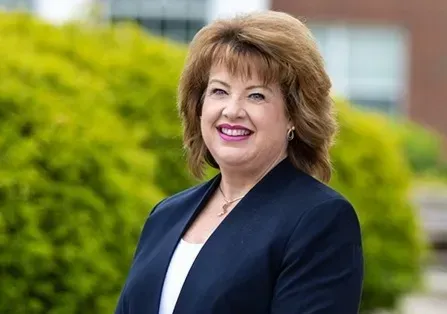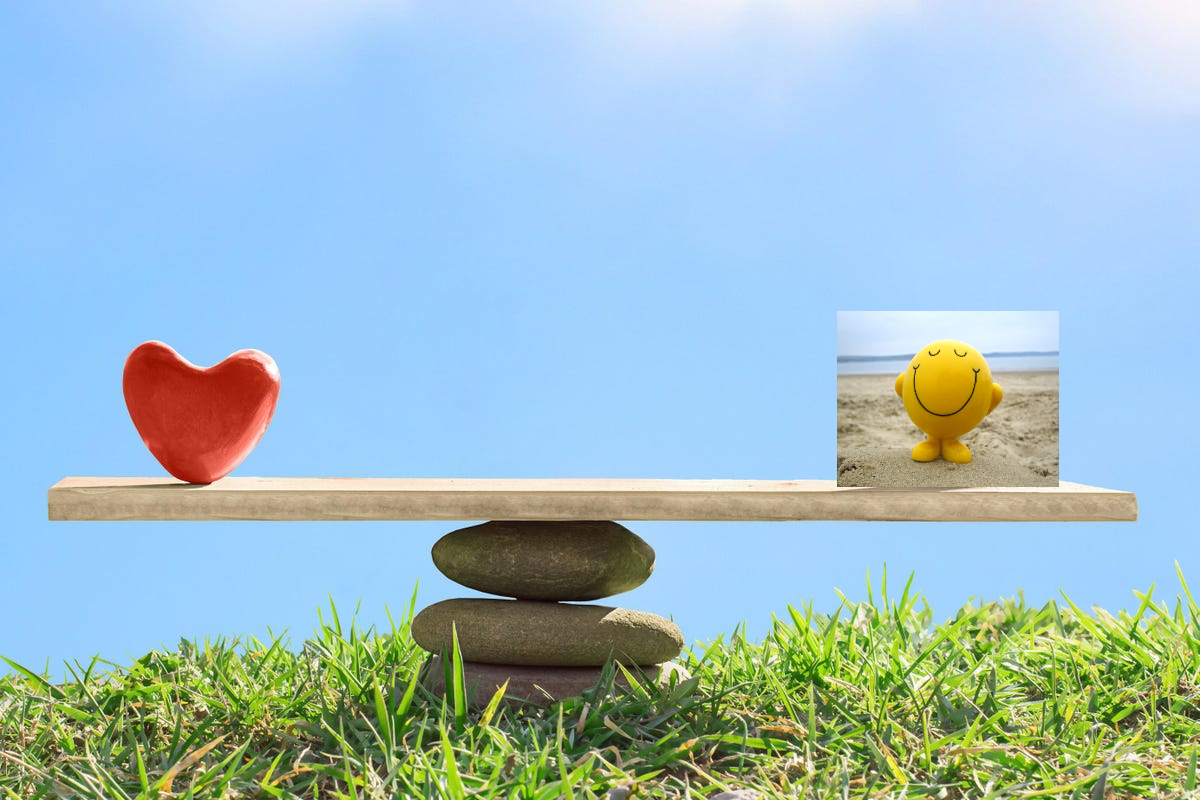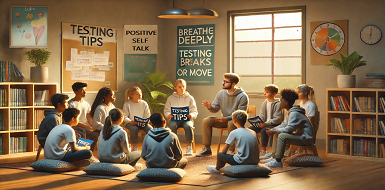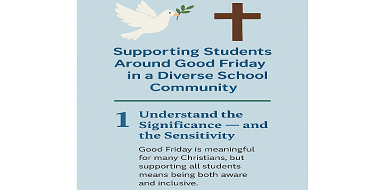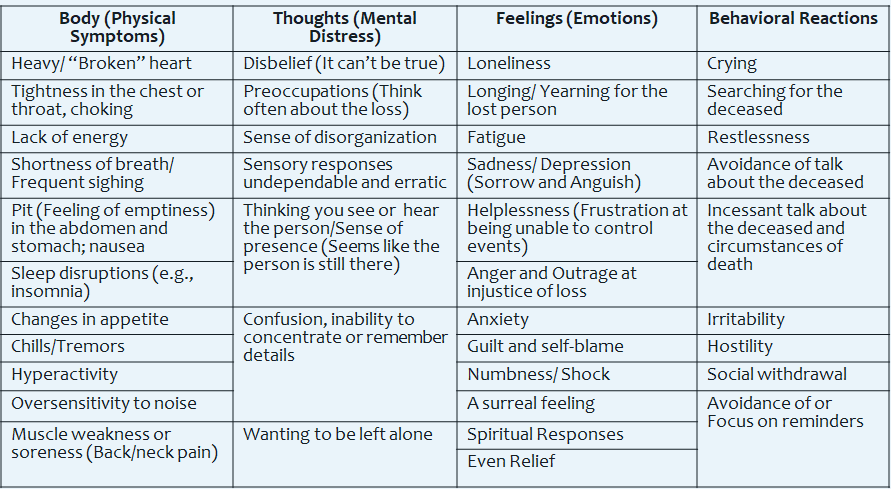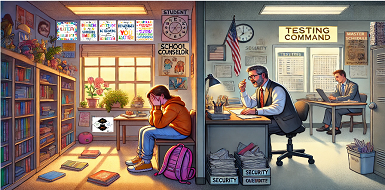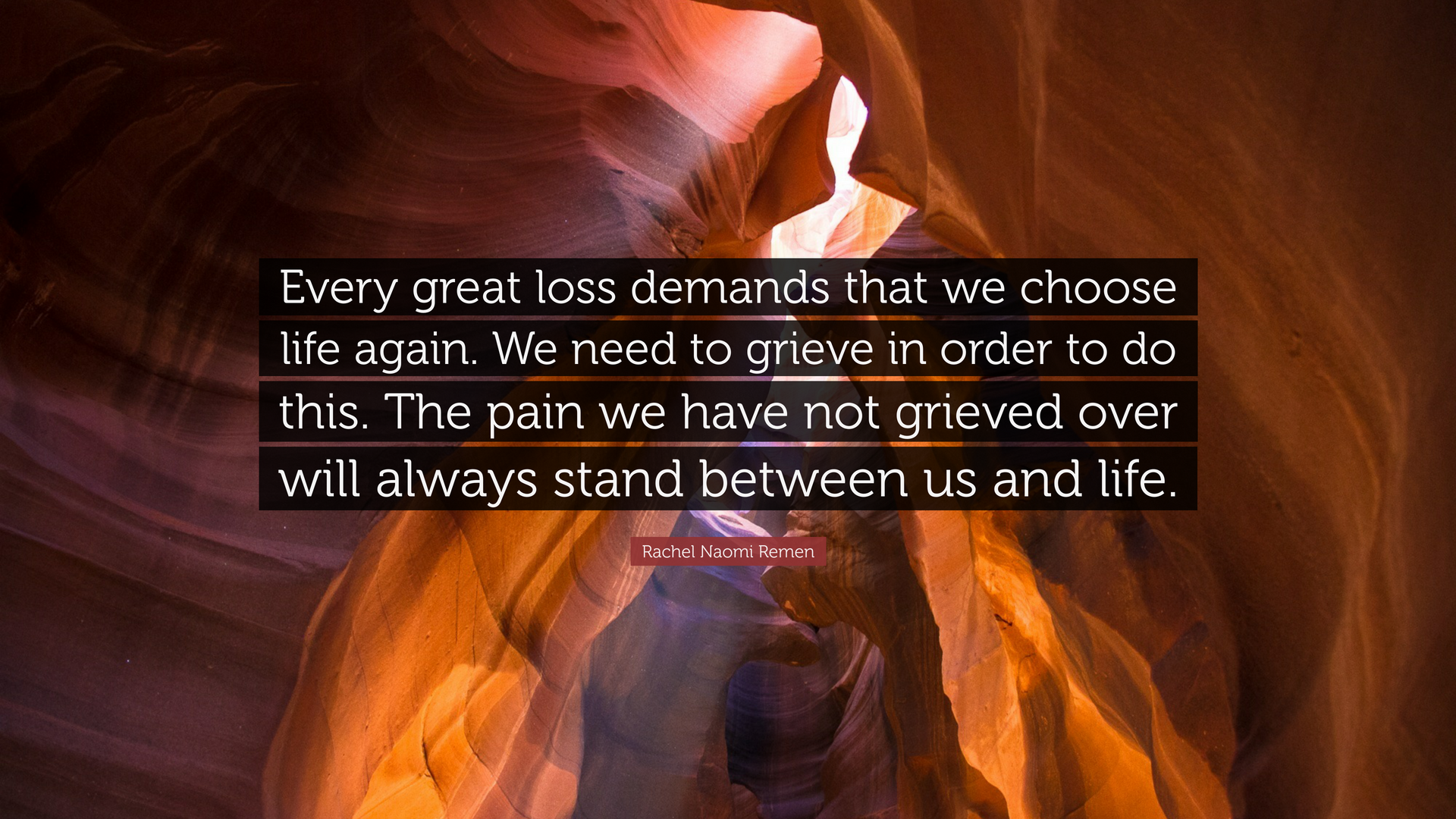RESPONSE TO NEGATIVE SELF-IMAGE REVISITED
Understanding and Improving Self-Image in Pre-Teens

Self-image is one of the most recognized challenges faced by pre-teens. During this period, they experience numerous hormonal changes that can lead to self-doubt regarding their physical appearance. As school counselors, our role in supporting them through this identity crisis is crucial. Sharing our personal stories—past or present—can help bridge the gap and foster a sense of connection.
A great example of this occurred in the private Christian school where I taught. Each teacher brought in pictures of themselves from their middle school years to show at an assembly. As the pictures were displayed, the teacher’s goals at that time in their life were announced, along with some personal stories, including an embarrassing moment from adolescence. The students deeply appreciated their teachers' willingness to be so open with them. One picture, in particular, left a lasting impression. One of the prettiest teachers in the school, known for her long, blonde hair and beautiful eyes, shared a middle school photo where she wore extra thick glasses and had short, seemingly unmanageable hair. The students were shocked and encouraged to see that everyone goes through an “awkward stage.”
To help pre-teens navigate this stage more effectively, we must first love and accept ourselves enough to open up to them. This aligns with the concept of removing the mote from our own eye before helping others. Self-healing is essential before we can assist anyone else.
Fostering a Positive Body Image
Body image and the way we feel and care about our bodies are integral to our overall sense of self-worth and self-esteem. Improving body image can lead to significant and meaningful enhancements to our overall self-image, and vice versa.
Body image refers to the picture you have of your body—how it looks to you and how you think it appears to others. In other words, it is your perception of your physical appearance. For many, low self-esteem stems from a negative body image, while for others, it is the other way around. Often, our bodies are mirrors reflecting how we feel about ourselves. Consider what your body says about you. Does it reflect a sense of self-worth and positivity, or does it convey feelings of inadequacy?
By understanding and addressing these perceptions, we can better support pre-teens in developing a healthy body image and, consequently, a positive self-image.
THE "BEAUTY WAR" AND PERCEPTION
Most of us have been watching others participate as well as participating ourselves in the “beauty war.” In our grief of “ugliness,” we compare ourselves to Barbie look-alikes, the Marilyn Monroe ideal, or the current model of the day, and other such examples of beauty shoved at us from “perfect” models in the latest fashion magazines. But we must remember that it is all in our perception. I have often said that I wish I could see myself through the eyes of those who love me. But, are we not to love ourselves as well? If we don’t take care of ourselves, then there is nothing left to give others, says the old adage.
Just as every little thing is beautiful in its own way, so are all of us. Each house with its unique structure is lived in and wanted by someone. Each flower with its special blossom smells sweet and appears beautiful to someone. (Even dandelions are enjoyed by children!) Each animal with its distinguished character and look is cherished by someone. (Even Pumba, the warthog, is cute in his own way. And he teaches a wonderful lesson in “Hakuna Matata.” Just listen to the words.) Each perfume, with its distinctive smell, is purchased, worn, and appreciated by someone. Each unique profession, career, or vocation is chosen and valued by someone. And so on…
We don’t want all of our houses looking the same. Some of us prefer a Cape Cod, while others prefer a two-story, while others prefer a different architecture altogether. All structures have their own specific positive characteristic! And so do we as human structures. We need to grab on to that positive characteristic, hold on tight, play it up as much as possible, and convince ourselves that what we have is beauty. The world believes the notions that we put out. If we love ourselves, the world loves us. If we hate ourselves, then we become insecure, angry people that the world has difficulty loving as well.
We need to accept ourselves so that our adolescents can accept themselves. I learned a valuable lesson one day from one of my students. I have fought a weight issue all my life and usually use the defense mechanism of self-deprecation and humor to handle it. In my middle school English classroom one day, I made yet another off-hand comment about my weight. One of the girls came up to me after class and said, “Please don’t say those things about yourself. I’m about your size, and it makes me feel bad.” Wow! I had never thought about how my own personal feelings affected others. That was powerful for me. Then, I connected that back to my own children, who were still in elementary school at the time. They, of course, look like me. They carry my genes. I learned that day to try to remember to transmit positive vibes about myself, not only for me but especially for those that love me.
And we can use this lesson as school counselors.
Practical Steps to Improve Self-Image
- Encourage Open Communication: Create a safe space where pre-teens feel comfortable sharing their thoughts and feelings about their bodies. Listen without judgment and provide reassurance.
- Share Positive Stories: As demonstrated in the example, sharing personal stories of overcoming awkward stages can have a powerful impact. It helps pre-teens see that change is normal and everyone has their unique journey.
- Promote Healthy Habits: Encourage regular physical activity, balanced nutrition, and adequate sleep. These habits contribute to better physical health, which in turn can improve body image and self-esteem.
- Challenge Negative Thoughts: Teach pre-teens to recognize and challenge negative thoughts about their bodies. Help them replace these thoughts with positive affirmations.
- Highlight Strengths and Talents: Focus on individual strengths and talents rather than just physical appearance. This helps pre-teens build a more balanced and positive self-image.
- Model Positive Behavior: As counselors and educators, we must model positive body image and self-esteem. Our actions and attitudes can significantly influence the young people we work with.
- Encourage Media Literacy: Teach pre-teens to critically evaluate media messages and understand that many images they see are digitally altered or unrealistic. Helping them develop media literacy can protect them from harmful comparisons.
- Create Supportive Environments: Foster a school environment that celebrates diversity and inclusivity. Encourage activities and programs that promote acceptance and respect for all body types and appearances.
By implementing these strategies, we can help pre-teens develop a healthier self-image and navigate the challenges of adolescence with greater confidence and resilience.
I am a school counselor turned counselor educator, professor, and author helping educators and parents to build social, emotional, and academic growth in ALL kids! The school counseling blog delivers both advocacy as well as strategies to help you deliver your best school counseling program.

I'm a mother, grandmother, professor, author, and wife (I'll always be his). Until October 20, 2020, I lived with my husband, Robert (Bob) Rose, in Louisville, Ky. On that awful day of October 20,2020, my life profoundly changed, when this amazing man went on to Heaven. After Bob moved to Heaven, I embraced my love of writing as an outlet for grief. Hence, the Grief Blog is my attempt to share what I learned as a Counselor in education with what I am learning through this experience of walking this earth without him. My mission is to help those in grief move forward to see joy beyond this most painful time.
